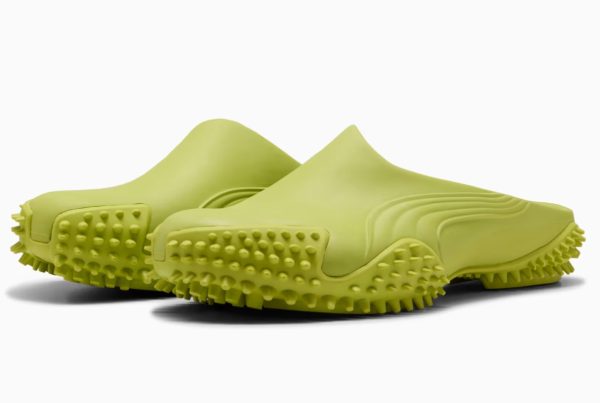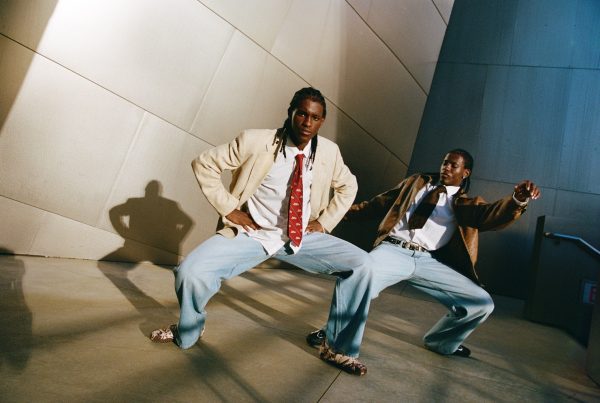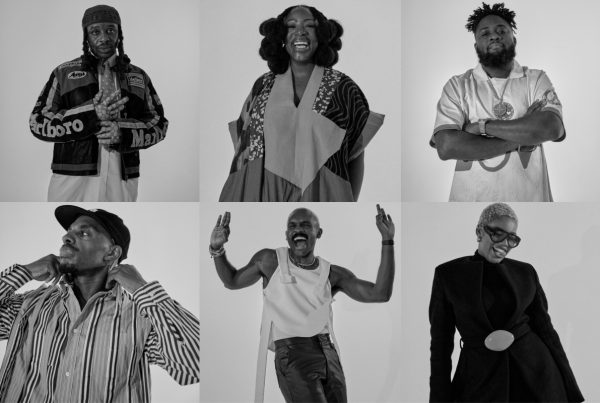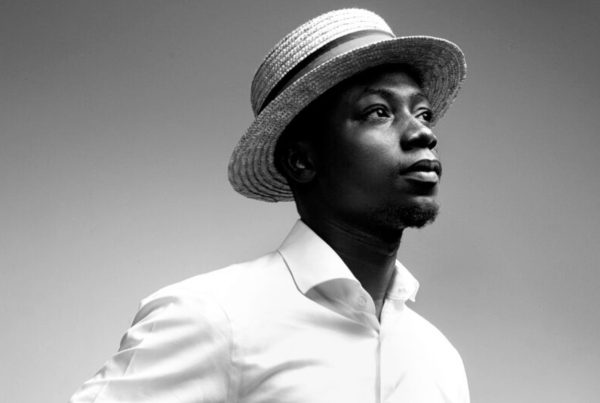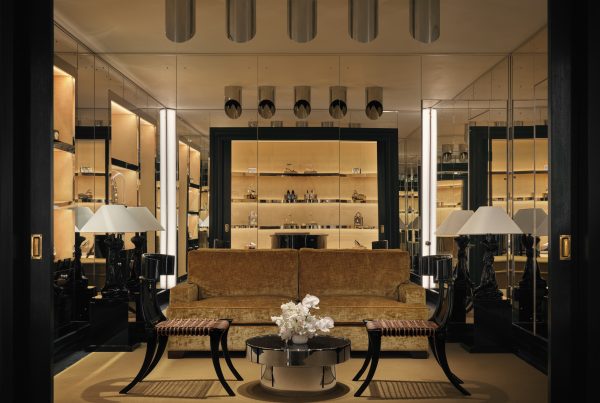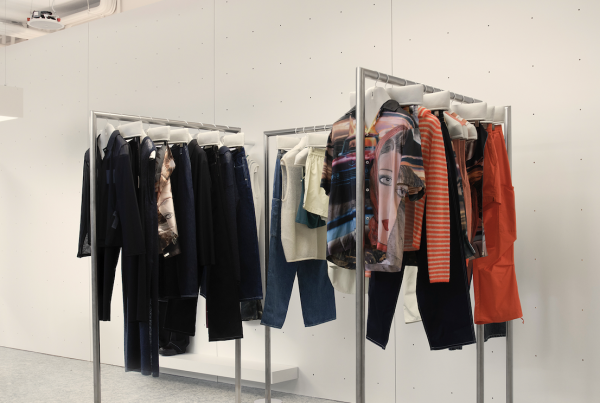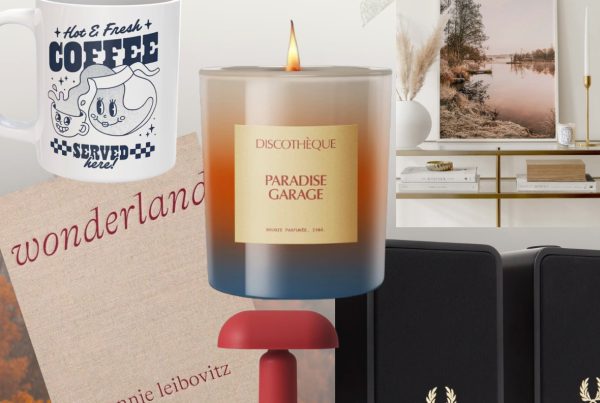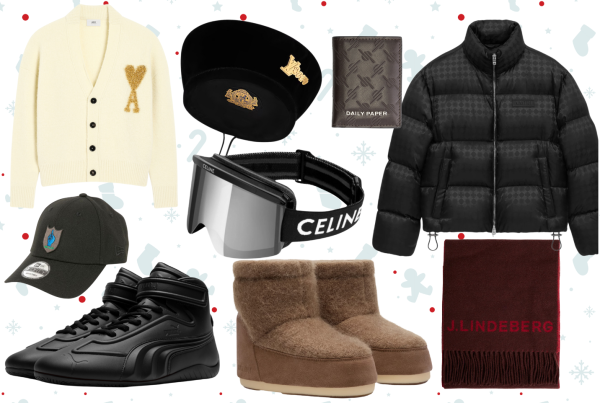 The luxury watch industry has mastered the art of desire. By creating an air of exclusivity and timeless appeal, demand for luxury watches is sustained in ways that fashion brands can learn from. While fashion trends come and go with seasonal cycles, luxury timepieces have managed to remain constant, with premium positioning stretched across decades.
The luxury watch industry has mastered the art of desire. By creating an air of exclusivity and timeless appeal, demand for luxury watches is sustained in ways that fashion brands can learn from. While fashion trends come and go with seasonal cycles, luxury timepieces have managed to remain constant, with premium positioning stretched across decades.
The foundation of enduring value
What makes luxury watches and accessories valuable beyond just their design? The answer is in their approach to value creation. Luxury watches combine exceptional craftsmanship, heritage storytelling, and technical innovation in ways that transcend just style alone. Swiss manufacturers like Rolex and Omega have built their reputations on precision engineering and reliability. There is a sense of craft and functionality that then becomes a status symbol, not the other way around.
The secondary market for luxury watches, as with platforms like Chrono24, shows this enduring value proposition. Chrono24 operates as a global marketplace that connects watch enthusiasts with authenticated timepieces, and yet upholds the value of these investment-worthy luxury goods even when not being the official brand outlet.
Consider the refined aesthetics of the Omega Seamaster Planet Ocean, which really showcases how technical excellence can be expressed through sophisticated design language. These appeal to both collectors and casual luxury consumers.
Mastering brand heritage
So, what role do luxury watches play in brand storytelling? Watchmakers have perfected the art of narrative. They want to express historical significance because nobody wants to invest £3,000 in a watch that will be outdated next year. They do this in part by celebrating technical achievements, because these are set in stone, along with cultural associations. Omega uses its NASA partnerships and Olympic timekeeping heritage for example.
Fashion brands can adopt these strategies by developing brand mythologies that remain consistent and connect their products to larger cultural movements or historical moments. The key is authenticity, not pseudo-connections.
Creating scarcity
How can luxury watches inspire exclusivity in fashion? The watch industry has mastered controlled scarcity through limited editions and waiting lists. Brands like Patek Philippe produce relatively small quantities annually, creating a real and “natural” exclusivity that drives demand. So, the antithesis to fast fashion.
Fashion brands can implement similar exclusivity tactics through capsule collections, limited colorways, or perhaps even restricted geographic availability.
Technical innovation
Luxury watchmakers continually invest in R&D, creating new materials and complications that justify premium pricing. This technical innovation serves two purposes, not one: improving functionality while providing marketing narratives about craftsmanship. This particularly appeals to men.
This is something fashion brands neglect, as they could similarly lean into technical innovation in textiles, complex weave methods that only expert craftsmen can achieve, so not only sustainability practices. These innovations become talking points that justify premium positioning.
Building collector culture
Finally, the luxury watch world has created natural and passionate collector communities – these serve as brand ambassadors. Forums, events, and collector societies create ecosystems where enthusiasm for brands flourishes organically. Again, something fast fashion cannot achieve.
Fashion brands should focus on building similar communities around their products. Less output, more timeless consistency. This creates spaces for customers to share experiences and passion. These communities become self-sustaining marketing engines in the end, and while sales volume may appear lower in the short-term, the long-term benefits are a more premium, exclusive positioning in the market.
























